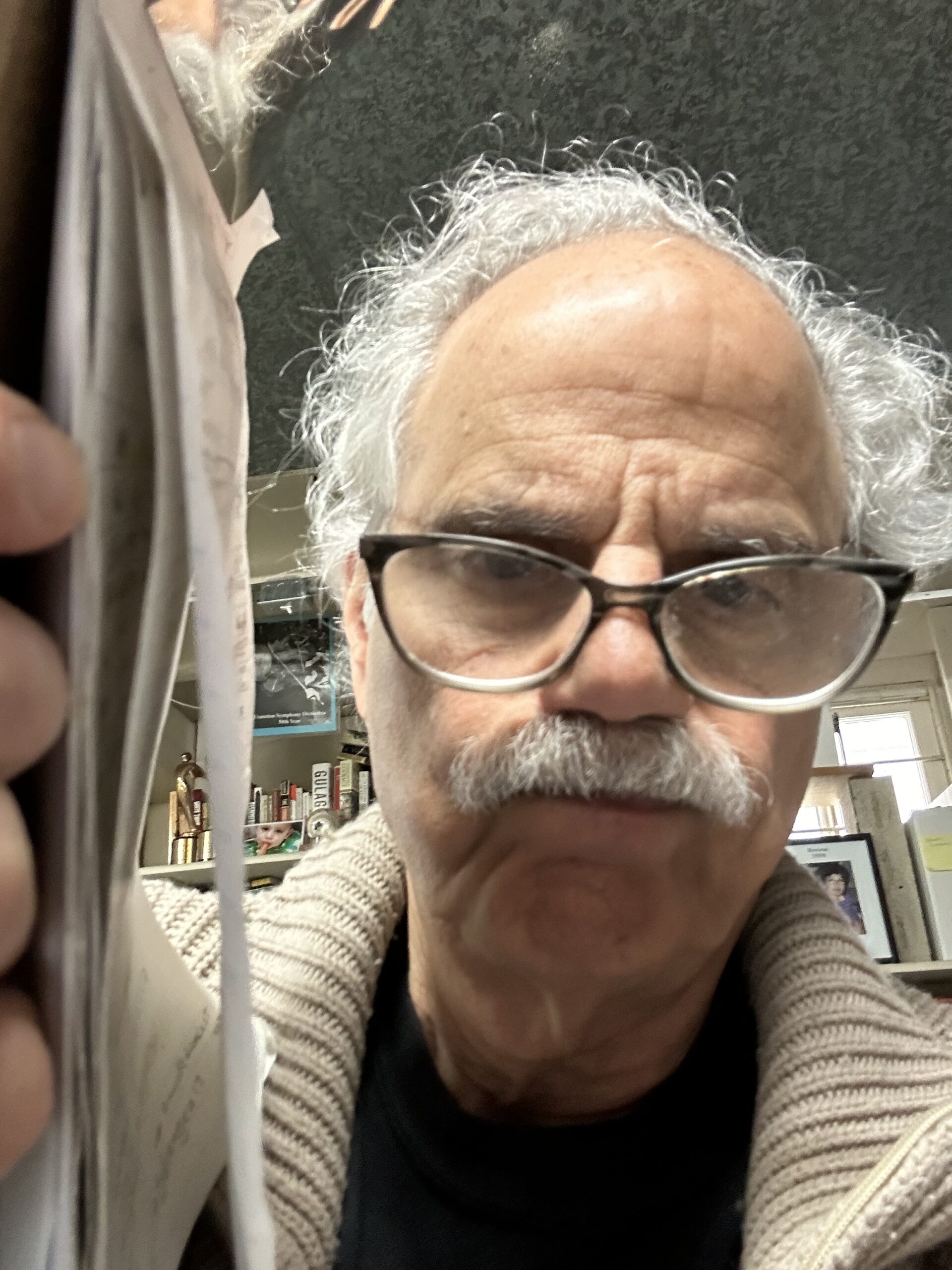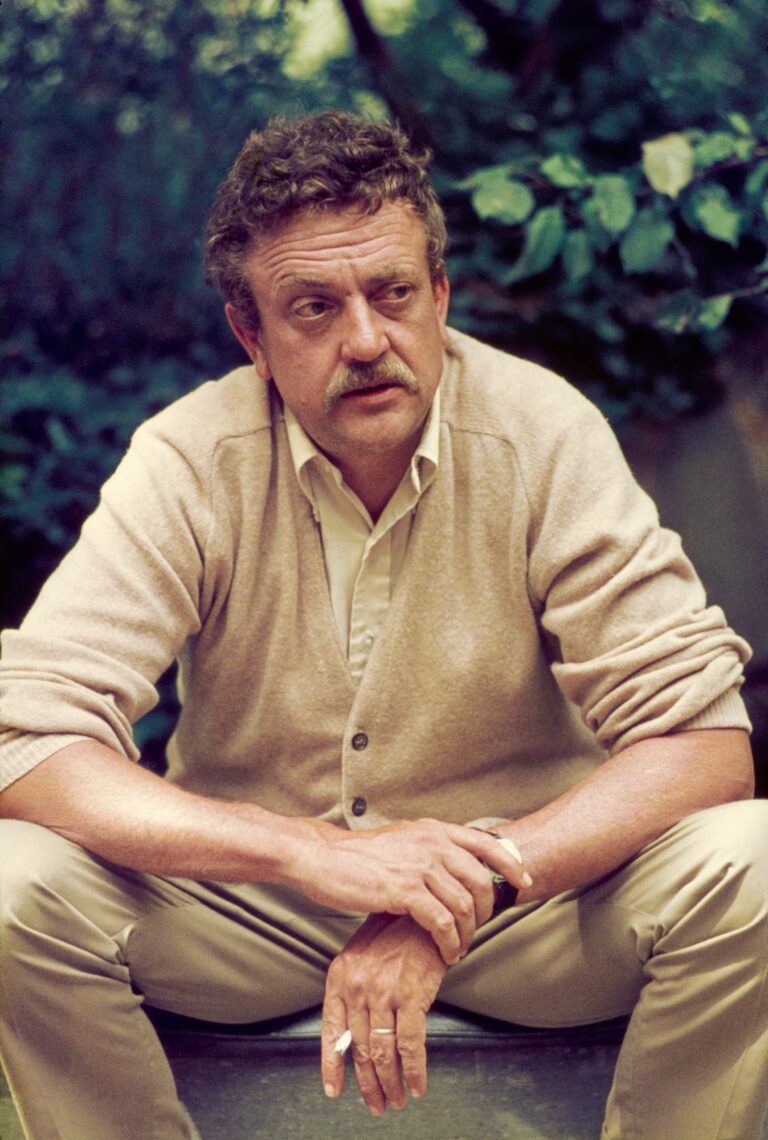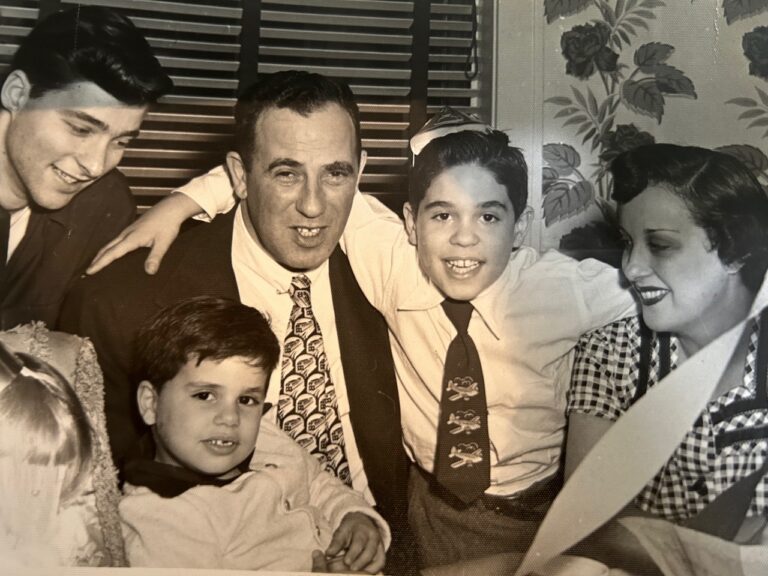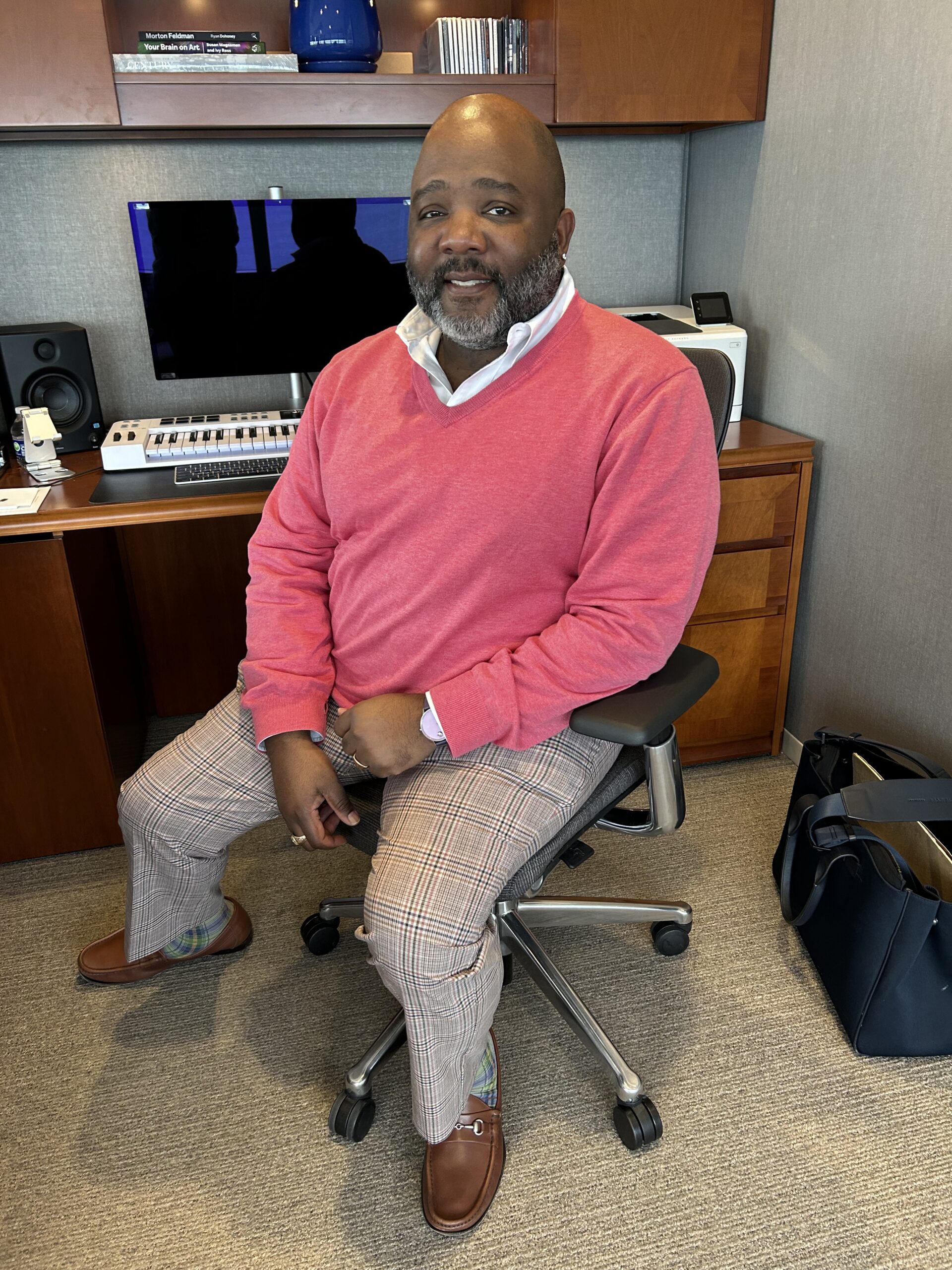Is there anything more important to a democracy than a vigorous, free, and fair press? Jefferson didn’t think so.
Evanston RoundTable, Dec. 9, 2020
What was it Jefferson said about newspapers? The part everyone remembers is: “…were it left to me to decide whether we should have a government without newspapers or newspapers without a government, I should not hesitate a moment to prefer the latter.”
He wrote this from Paris, where he was serving as his new government’s Minister to France. This was in 1787, a time of revolutionary fervor in both France and America, which might help explain his radical enthusiasm for the press. The rest of the letter, less well known, sheds more light on his thinking. He called newspapers “the only safeguard of the public liberty.” And the best way to ensure that liberty, he wrote, is to give people “full information of their affairs thro’ the channel of the public papers, & to contrive that those papers should penetrate the whole mass of the people. The basis of our governments being the opinion of the people, the very first object should be to keep that right.”
In other words, he believed a free press was essential to provide citizens the “full information” they needed to monitor and check their government.
As a kid I had no notion of these elevated ideas. I just knew I loved newspapers. There were lots to choose from. New York City (near where we lived) had eight dailies. Two of them—the New York Times and the Wall Street Journal—were national papers, and a third, The Post, was founded by Alexander Hamilton. But my favorite was the World-Telegram and Sun, where cartoonist Willard Mullin drew his endearing caricatures of sports figures. Mullin was considered “the dean of sports cartooning” and invented the beloved bum of Brooklyn Dodgers renown, who wore rags and sported a nickel cigar and a pork pie hat and was forever lamenting, “Wait till next year.” Even the backwards way Mullin signed his name, slanting sharply from right to left (indicating to me that he was a southpaw) was fascinating.
I was a huge sports fan and more than anything I loved reading about Mickey Mantle. When on May 30, 1956, The Mick hit a titanic home run that missed clearing Yankee Stadium by mere inches (never done before or since), the Daily News ran a front-page picture next day illustrating with dotted lines the ball’s arc from batter’s box to the rooftop façade. So cool.
Even sleepy New Rochelle, where we lived, had its own daily paper, The Standard Star. When I got a reply from President Eisenhower in response to a letter I had written him, the Star wrote it up. My name in print!
In 1963 we moved to Chicago, where there were four dailies serving the city: the Sun-Times and Tribune in the mornings and the Daily News and Chicago’s American.
In college during the ’60s I worked at the Sun-Times/Daily News building at 401 N. Wabash, where the Trump Tower now sits. It was a low-slung building that hugged the Chicago River “like a holster on a gunman’s hip,” as I wrote for a journalism class. My job was to take classified ads: three lines for $21. I worked nights and weekends. We had an interesting crew, including a published poet, a DePaul film student, a Shakespeare fanatic, a well-known painter, and a preacher’s son. One of the young women there remains a good friend.
On the building’s main floor, behind a glass wall so the public could see them, sat the giant presses that rumbled to life several times each day. The noisy thrum of the presses was exciting and inspiring. There was a scene in the 2017 movie “The Post,” about the publication of the Pentagon Papers, where the presses start churning out the fabled edition and the building shook—as did all America. I almost cried.
It was in my blood, you see: printer’s ink. Famed columnist Mike Royko maintained there was something in the ink and the typewriter ribbons that drove reporters to drink.
In 1973, after I had graduated from college and done a stint in the Peace Corps and returned home and completed my military obligation, I went to work at Lerner Newspapers on the north side of Chicago. Starting out as a reporter, I worked my way up to managing editor of one of the half dozen newspaper groups. I loved it there: another crazy bunch of people—almost all of us in our twenties—with big ideals and a ton of energy. It was the era of Watergate and reporting was God’s work. We were “safeguarding the public liberty.”
After six years at Lerner I moved on to the Sun-Times as a copy editor. They were exciting times. The paper had recently been nominated for a Pulitzer for its coverage of city corruption, in which they bought and fitted out a bar to see who was on the take. Journalistic legends like Roger Ebert, Robert Feder, Ed Darby and Roger Simon roamed the halls. And of course Royko, who didn’t have an office but rather a large open cubicle at the east end of the newsroom, overlooking the river. I made my way back there one afternoon to ask about an anomaly in his column, which I was editing for next morning’s paper. At one point he identified someone as a first cousin once removed, later as a second cousin. Which was it, I asked? It couldn’t be both. “Pick one,” he said.
I bumped into John Belushi just outside the newsroom early one Sunday morning, after he had finished an all-night shoot for the movie “Continental Divide” and dropped off to sleep on a couch. We were both tired.
When I completed an MBA in 1982 I decamped to “the dark side,” which is what journalists call the corporate world. I was, sad to say, following the money.
But I missed newspapers. I missed the camaraderie, the energy, the feeling that you were part of an important civic institution. Businesses generally paid better, but they couldn’t match newspapers for esprit de corps and sense of purpose.
So I made an appointment to meet with Mary Gavin. She was (and remains) the much-loved founder, publisher, editor, and chief cook and bottle washer for the Evanston RoundTable. I proposed writing a business column, but she informed me the paper already had one. I countered with arts coverage: what if I collected all the press releases for the City’s creative endeavors under one column?
That’s how I started out at the RoundTable, circa 2005 (no one can remember exactly when). It was another lively bunch: fun, hard-working, inspired by Mary and her husband and co-editor Larry and dedicated to Evanston: its people, schools, civic and cultural institutions—and its general betterment.
After that I wrote movie reviews for a couple of years. I love movies, but as I quickly learned it was hard work scribbling notes to myself in a dark theater and struggling to come up with a lede (as journalists spell the opening paragraph). I also contributed feature stories and wrote profiles of City luminaries such as Evanston Township High School principal Marcus Campbell and former Evanstonian and National Book Award winner Charles Johnson. I was copy editing the paper too and revised the style manual.
Four years ago I started writing a column, about anything and everything. Such fun—and rewarding too. The column has won Northern Illinois Newspaper Association awards the last two years.
Last December the paper dropped its biweekly print edition but continues to produce award-winning journalism online, with new stories appearing almost every day.
For my RoundTable colleagues and me it’s a labor of love. Is there anything more important to a democracy than a vigorous, free, and fair press? Jefferson didn’t think so.
We’re in good company.




+ There are no comments
Add yours